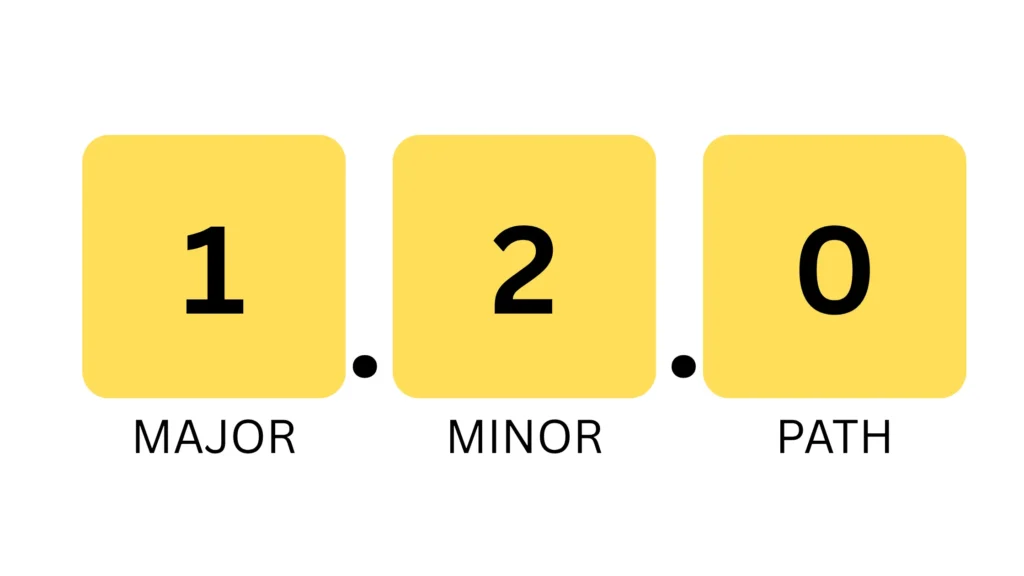Understanding the Importance of a Software Versioning System

What Is a Software Versioning System?
A software versioning system is a method of assigning version numbers to an app, library, or package to indicate what has changed over time.
With a clear versioning system, you can easily identify:
- Whether there are major structural changes
- What new features have been added
- Which bugs have been fixed
Version numbers aren’t just digits — they’re a form of communication between developers and users. In collaborative or public-facing projects, versioning helps others know when and why to update.
The Common Versioning Pattern: MAJOR.MINOR.PATCH
The most widely used format is a three-part version number, like:

Each part has a specific meaning and purpose:
1 — MAJOR (Core Changes)
The first number increases when there are significant changes to the application.
Examples:
- A complete redesign of the core structure
- Removal or breaking of existing APIs
- Changes that are not backward-compatible
Bumping the MAJOR version signals that the update may break compatibility with previous versions.
2 — MINOR (New Features)
The second number increases when new features are added — as long as the update remains backward-compatible.
Examples:
- Adding a new module or plugin
- Introducing optional configurations
- Enhancing functionality without removing old behavior
Users can continue using the system normally, but now with extra capabilities.
0 — PATCH (Bug Fixes)
The last number is for small fixes and updates that don’t affect the overall behavior or structure.
Examples:
- Fixing visual glitches
- Correcting logic errors
- Patching security vulnerabilities
PATCH versions don’t introduce new features, but they’re critical for maintaining system stability.
Why Versioning Matters
Without a proper software versioning system, users and collaborators face difficulties such as:
- Not knowing what has changed
- Uncertainty about which version is stable
- Trouble tracing bugs across versions
- Risk of dependency conflicts
A consistent versioning system also makes it easier to manage rollbacks, changelogs, and update flows.
Conclusion
A software versioning system may seem like a small detail, but it plays a big role in clarity, reliability, and professionalism.
By following a structured versioning pattern like MAJOR.MINOR.PATCH, developers can clearly communicate the state of their software, track progress, and help others make informed decisions when integrating or updating a system.